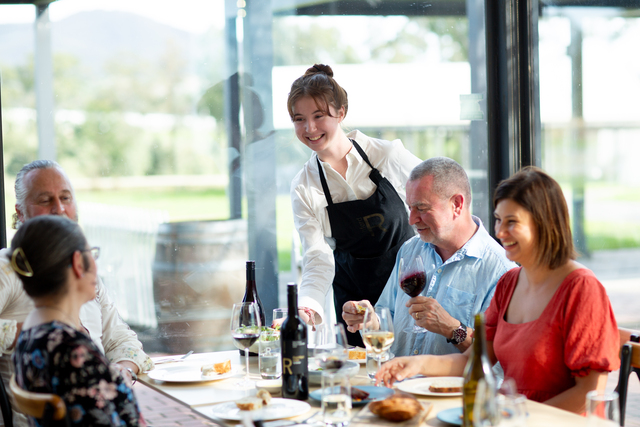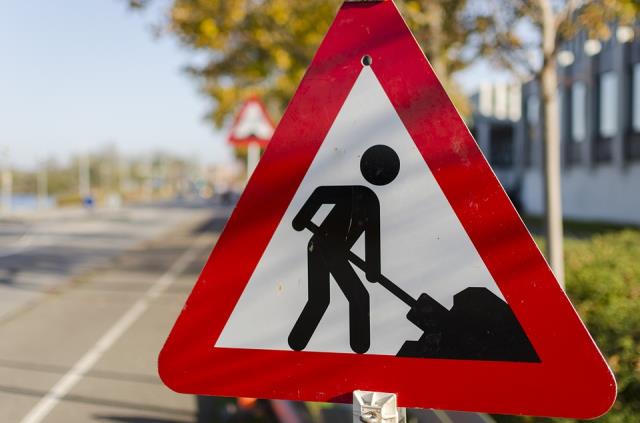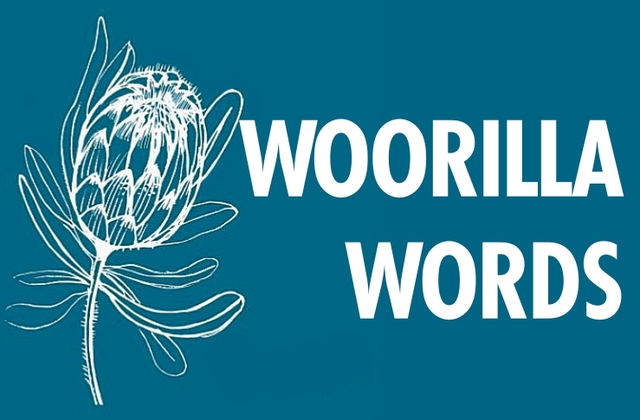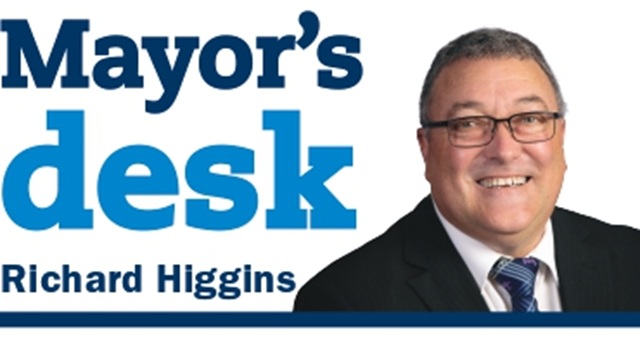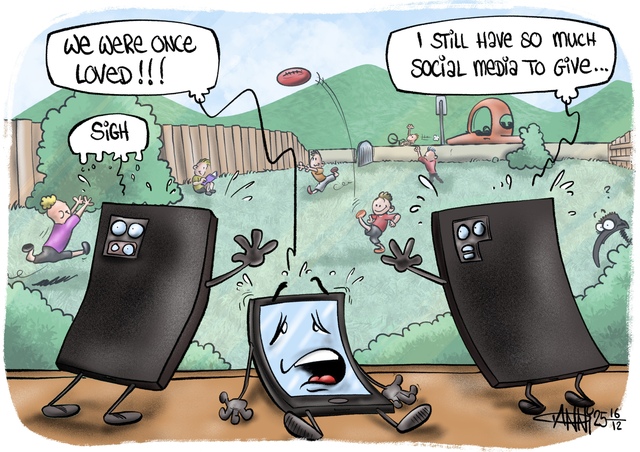After almost 12 months of community consultation, Yarra Ranges Council has finalised its draft council plan and community vision ready for the final feedback process.
The draft plan for 2021 to 2025 and the 2036 vision was raised at the council meeting on Tuesday 14 September.
This is the first council plan this group of councillors has put together, something Mayor Fiona McAllister highlighted as “a really important document.”
“I always think of the council plan as the promise we make to our communities about what will be our priorities and what we will be delivering on our term on council,” she said.
“There isn’t probably a more significant document that we create, in our time on Council, possibly, arguably, we could say the budget but the budget simply is a tool that helps us deliver against our council plan.”
Covid-19 did place some challenges on receiving feedback from the community, needing to utilise online platforms primarily, but nonetheless the process was carried out successfully.
With the help of the community panel, the key things identified for the council to focus on were more local mental health supports and services, renewable energy solutions and an environmental focus, establishing a biodiversity plan, creating an ecotourism destination and capital works infrastructure.
“Supporting recovery of our community is a key feature, business recovery, emotional recovery and community resilience as we come off the back of storm events like we’ve never seen before and also a pandemic,” Mayor McAllister said.
Gender equity, valuing the aging population and improving the municipality’s physical health and wellbeing has also been highlighted as a need through the community consultation process and the council’s own agenda.
Part of the council plan puts particular emphasis on the need for liveable places which involves the reduction of car usage and better public transport, creating structure plans like the Lilydale Structure Plan to ensure communities have the facilities they need to thrive and create a hub for activities, as well as a housing strategy to meet the needs of the growing population.
One of the major targets of this council group is to see a reduction of 60 per cent on the 2005 corporate greenhouse gas emissions by 2025 and to reach net zero emissions by 2040.
“One of the key priorities is making sure that we spend your money, community, on doing the right things, building the right things, making the right decisions about the services we provide,” Mayor McAllister said.
The vision for the next 15 years aims to showcase the natural beauty of the Yarra Ranges and its environment which has a highly sustainable living focus.
Improving infrastructure, including roads, is also part of the vision as well as transport infrastructure to ensure improved community access to services.
Other key priorities include strengthening the identity of the municipality’s First Nations people by emphasising and celebrating their culture, heritage and history.
Councillor Tim Heenan thanked the community panel for their significant contribution to this document but expressed how pleased he was to see the entire community have some input.
“I wanted to thank everyone involved because this was not an easy task, as you mentioned [Mayor] in relation to what we’re going through as a community at the moment in relation to the pandemic, but also the storms,” he said.
“This is what we do as a group of councillors and I’m glad that we were able to do this under such different circumstances this time.”
The council plan and vision is now open for community consultation and feedback for 28 days until the council reconsiders its adoption at the 26 October council meeting.
“We put this document out asking for more feedback. Have we got it right? Are there things we’ve missed? Are there things we need to change? Or is the emphasis right?,” Mayor McAllister said.
“So I love when we get to this point in the process and I do want to thank every single member of our community that’s been part of it, particularly our community panel, who were substantial contributors to making sure that what they hear and what they live in their communities is embedded in this document.”


